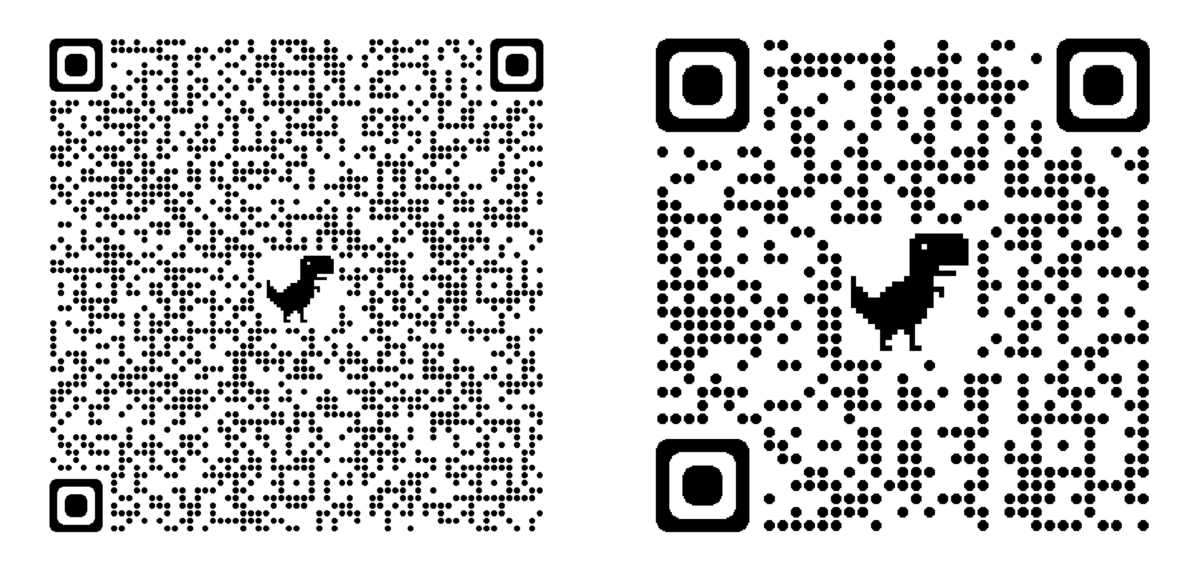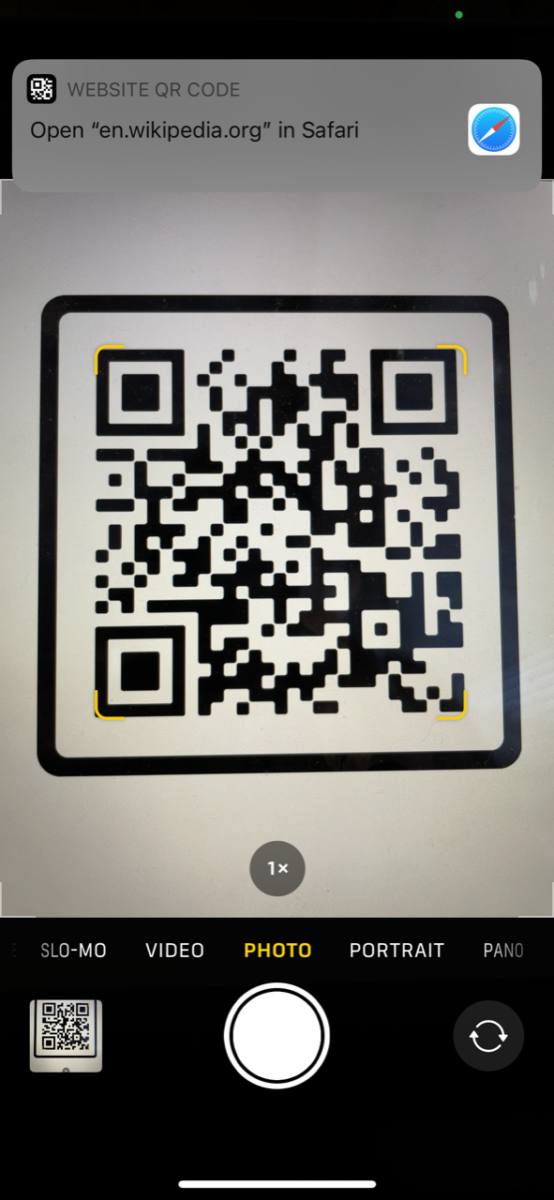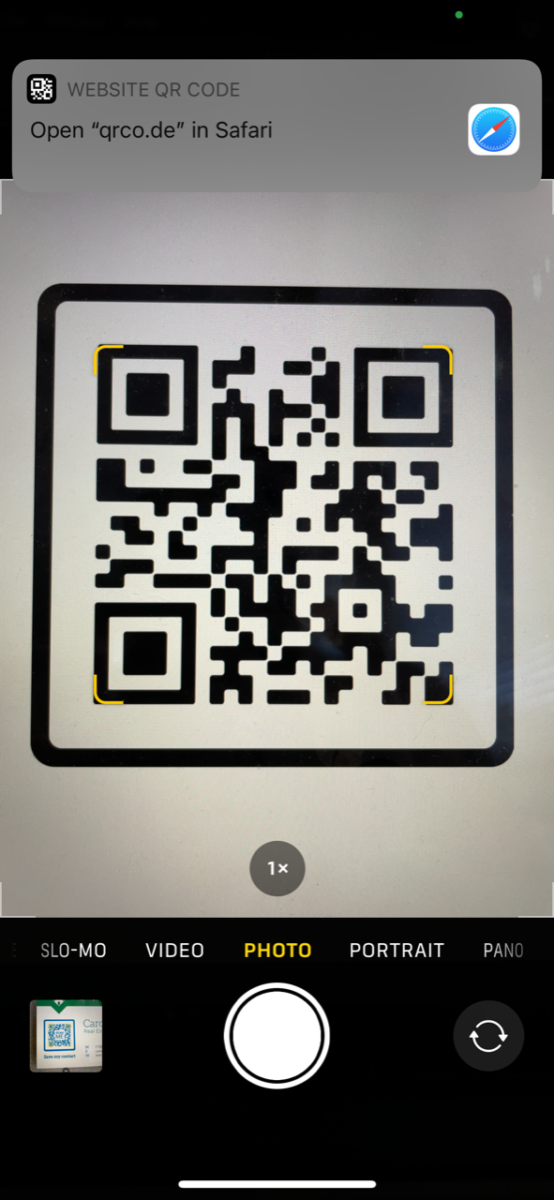
QR, or Quick Response, codes have made a huge comeback recently. This is thanks to their ease of use and, in part, due to the fact that they are a no-contact medium for exchanging information – the perfect solution for social distancing during the COVID-19 pandemic.
With the ability to scan a code just by pointing your phone’s camera at it (that’s right – QR codes no longer require an app to be scanned!), QR codes are a great addition to marketing material, point of purchase (POP) material, business cards, and more. In fact, if you’re creative enough, the uses are endless.
If you’re thinking about creating QR codes for your business, there are a few important things you should know before you begin.
What is the difference between a static and dynamic QR code?
Why use a dynamic QR code?
Why use a static QR code?
When to use a dynamic vs static QR
A static QR code contains information that cannot be changed. For example, a static QR code may link to a website URL. Once the QR is created the destination URL cannot be altered. On the other hand, dynamic QR codes can be edited by the developer, even after they’ve been created. That is, if the creator decides they would like to link the code to a new destination URL, they can make this change in the backend and the QR link will be automatically updated.
Dynamic QR codes have several benefits. In many cases, they can be much more useful and convenient than static QR codes.
The most obvious benefit of using a dynamic QR code over a static one is that you can change the code’s final URL destination. As well, some advanced QR code tools, like CueContact, let you go a step further. Rather than the ability to only update the link to which the QR code is connected, CueContact also allows creators to change the main action of the code. For instance, if you originally created a QR that opens a URL, you could change this action so that the updated code links to a text message or a direct PDF download.
This capability offers flexibility for developers who expect to change their content regularly or who intend to use QR codes on permanent materials like signs and business cards. Above all, advanced QR codes from CueContact offer an immediate remedy to changing your goals and direction.
If content needs to be updated, or you change your mind about the purpose of your QR code, flexible, dynamic QR codes prevent:
The more information embedded in a QR code, the more complex the code will be. However, when it comes to using QR codes on business materials, the simpler and less dense the QR the better.
A QR code with a long URL embedded in it will be very dense. On the other hand, if the URL is shortened, the code will appear much less dense.
Take the following QR codes, for example:

As you can see, the QR on the left is much denser than the one on the right. This is because it has a much longer URL embedded in it.
The QR code on the left contains the URL of a Google Earth location. The URL is long and complicated, meaning the QR code must be also.
The QR code on the right contains a link to the CueContact website. This straightforward website URL is short and simple, resulting in a much less dense QR code.
There are several reasons why a less dense QR code is ideal.
If you’re using a static QR and you want to include tracking capabilities, you’ll end up with a long link and therefore a very dense QR code. As mentioned, this is not ideal. However, by using a dynamic code, you can point to the same complex URL and select the least dense option. As a result, you will benefit from the flexibility of a “loose” QR without losing the ability to track important usage information.
Static QR codes make tracking difficult. If you have Google Analytics set up on the property that you’re linking the QR to, then you can add tracking parameters to your QR. However, this isn’t very efficient, as you’ll need to set up custom metrics for each code. When it comes to other types of QR codes (i.e. those that don’t link to a URL – text, phone, etc.), you won’t be able to track the code at all.
Dynamic QR codes, on the other hand, can be used to track various parameters including:
Also, with tools like CueContact, you can receive notifications when a new scan of your QR code has been completed.
Although dynamic QR codes offer a lot more flexibility, static QR codes also provide benefits that make them useful in some circumstances.
The ability to brand a static QR code is one of the most appealing factors of using a static code.
Dynamic QR codes redirect from the QR code provider’s domain/subdomain to the final destination. Therefore, when someone scans your code using their phone’s camera, they will see the QR code provider’s domain name pop up, rather than your business’s domain. Static codes, however, link directly to the final URL. Therefore, when a user scans the code, they will see your business URL immediately. This allows for branding and helps to build trust, resulting in an increased number of completed scans.


Here, you can see that the dynamic code shows the URL of the QR code generator in the popup, rather than the URL of the final destination. This is because the user will be routed through the QR code generator’s site then redirected to the final URL. This can be confusing to users and may result in a lack of trust. In some cases, this might even prevent the user from opening the link altogether, meaning a missed interaction with a potential client or customer.
Dynamic QR codes offer many valuable benefits over static codes. Therefore, CueContact has developed a solution to this branding issue.
With a CueContact Enterprise level account, users can set up dynamic QR codes that are branded. As a result, you benefit from all the advantages of a dynamic code and your company domain appears whenever your QR is scanned. CueContact does this by setting up and hosting a subdomain for your business. This capability is included on accounts with 50+ Vcard seats.
In some situations, static QR codes will be faster than dynamic codes.
For instance, when using a QR code for actions other than opening a URL (e.g. text messaging), a static QR will be faster. This is because, with a static QR, the information is stored directly in the code. Therefore, it can trigger actions instantly on your device. With a dynamic QR, a call must be made to the server to retrieve the information. It is this response time to the server that makes a dynamic code slower.
When using a QR code to do anything other than open a URL, static codes offer a better user experience.
Why?
With a static code, the user simply scans the QR and is instantly directed to the intended action. For example, a static QR can open a pre-composed text message directly when scanned. This action is fast, intuitive and novel. With a dynamic QR code, however, a link is first opened and then the user is redirected to the text message. In terms of user experience, this may not appear as fluid or suave.
Unfortunately, this enhanced user experience is at the expense of collecting tracking data. Therefore, it’s important to decide what you want from a QR code before you determine which type of code to use.
Both static and dynamic QR codes are a great way to present content to consumers. Information can be delivered in a simple way, without the need for physical interaction. This is especially helpful when social distancing is a priority.
But, when should you use a dynamic QR code instead of a static QR?
Well, this largely depends on how you intend to use the QR code and what capabilities you’re looking for.
If you just want a simple and captivating way for your customers to interact with your business, then a static QR code may be all that you need. However, if you intend to put QR codes on printed materials like signs, business cards, menus, packaging or other physical items that are costly to reproduce, you might consider a dynamic QR.
Using a dynamic QR code will alleviate a lot of stress when it comes to selecting the right action or landing page for your QR. Dynamic codes also leave room for error, as information can be changed and updated. This is especially helpful if you are using Vcards, as contact information may change from time to time.
Finally, one of the most common reasons to use a dynamic code over a static one is the ability to integrate tracking metrics. This can help you gather valuable information for your business. It can help you determine who is viewing your marketing materials and using your QR codes, as well as where and when they are doing so. Not only does this establish the ROI of the QR code, but it can also be very informative for future strategies and marketing campaigns.
QR codes are an extremely valuable business tool. Marketing teams and salespeople can reach many potential customers using a single QR, for much less than it would cost to send out the same number of emails or text messages. And, with advanced tracking capabilities, dynamic QR codes can be used to ensure that marketing campaigns and sales material are effective.
Take Your Business Cards to the Next Level with CueContact
Looking to elevate your business cards? CueContact provides options for teams of all sizes.
Quickly and easily create a QR code with all of your contact details. Get a new phone number? No problem. Simply change your number in your account and the information on your QR will be automatically updated – no need to print new business cards. Best of all, receive valuable tracking information right in your personal dashboard. View when, where and how many people have scanned your card for valuable insight into your current customers and future prospects.